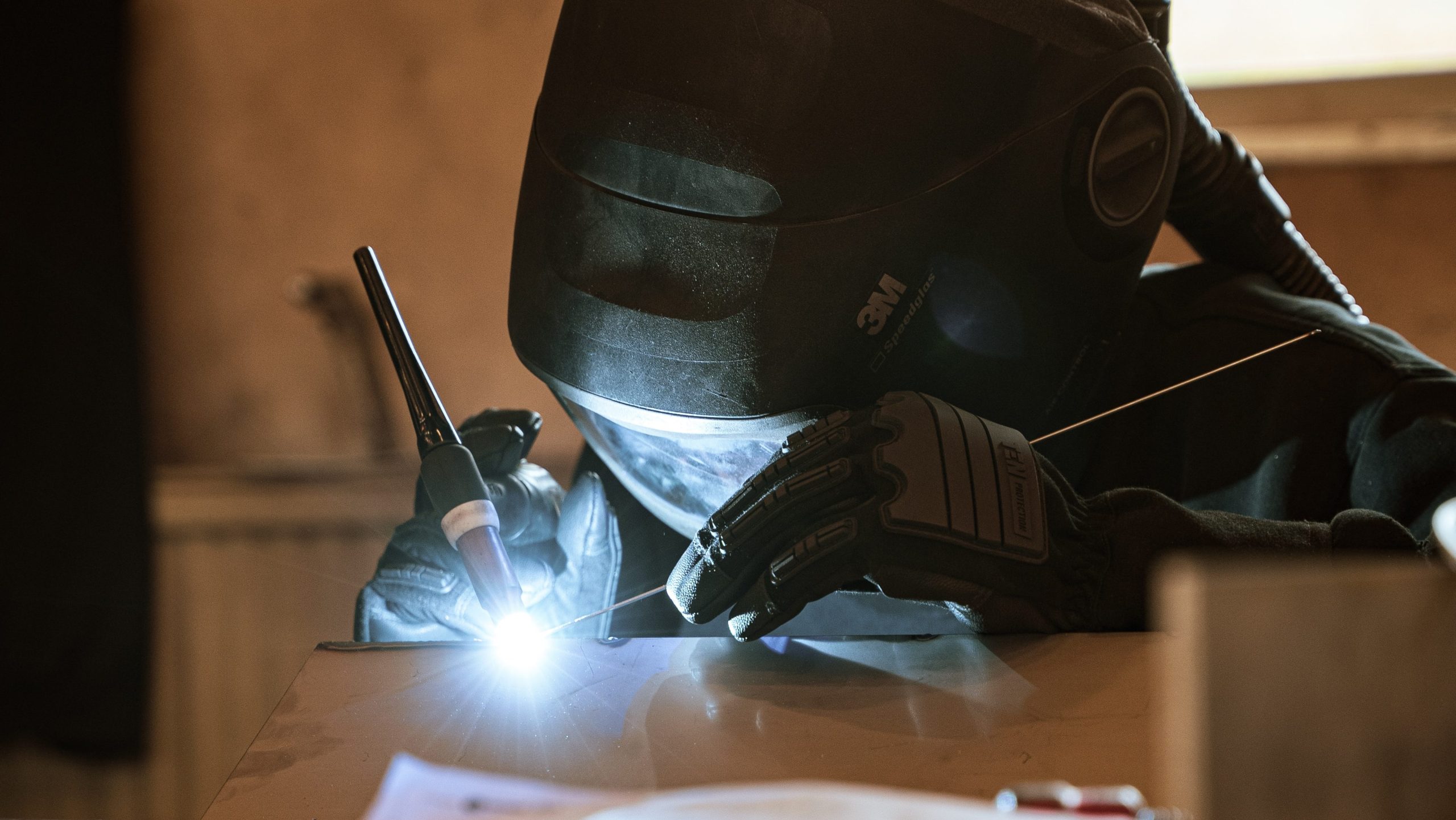
Arc welding is a versatile welding technique that has been used for decades to join metal components. It is a type of welding that uses an electric arc to create heat, which melts and fuses metal pieces together. In this article, we’ll provide a comprehensive guide to arc welding that covers everything from the history of arc welding to its various techniques, safety procedures, and equipment.
History of Arc Welding
Arc welding has a long and rich history dating back to the late 19th century. The first arc welding process was discovered by a French scientist, Auguste de Méritens, in 1881. His process used a carbon electrode and a metal plate to create an arc. However, the process was not widely adopted due to the high cost of electricity at the time.
It wasn’t until the early 20th century that arc welding gained widespread use. In 1907, Russian scientist Vladimir Mitkevich developed a carbon electrode that could be used in a welding process. This new electrode was cheaper than the previous one and made arc welding more affordable. Shortly after, American engineer Charles L. Coffin developed a welding process that used a metal electrode, which further reduced the cost of arc welding.
Today, arc welding is one of the most commonly used welding techniques and is used in various industries, including construction, manufacturing, automotive, and sculpture.
Arc Welding Techniques
There are several different arc welding techniques, each with its own unique advantages and disadvantages. Let’s take a closer look at the most common arc welding techniques:
- Shielded Metal Arc Welding (SMAW)
SMAW, also known as stick welding, is a technique that uses a consumable electrode coated in flux. The flux creates a shield around the weld that protects it from contamination. SMAW is a versatile welding technique that can be used to join a wide range of metals. - Gas Metal Arc Welding (GMAW)
GMAW, also known as MIG welding, is a technique that uses a wire electrode and a shielding gas to protect the weld from contamination. This technique is widely used in the automotive and manufacturing industries due to its speed and efficiency. - Gas Tungsten Arc Welding (GTAW)
GTAW, also known as TIG welding, is a technique that uses a non-consumable tungsten electrode and a shielding gas to protect the weld. GTAW produces high-quality welds but is a slower and more difficult technique to master. - Flux-Cored Arc Welding (FCAW)
FCAW is a technique that uses a continuously fed wire electrode and a flux core to protect the weld. This technique is similar to GMAW but can be used to weld thicker materials.
Safety Procedures and Equipment
Welding can be a dangerous process, and it’s important to take the necessary safety precautions to protect yourself and those around you. Here are some safety procedures and equipment you should use when arc welding:
- Wear appropriate protective gear, including welding gloves, a welding helmet, and a flame-resistant jacket.
- Make sure your work area is well-ventilated to avoid inhaling harmful fumes.
- Use a welding curtain to shield others from the bright light produced by the arc.
- Make sure your welding equipment is properly maintained and in good working order.
- Keep a fire extinguisher nearby in case of an emergency.
